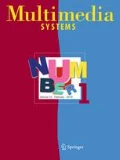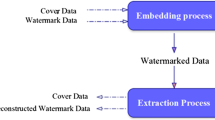Abstract.
A mathematical framework for steganalysis is presented in this Paper, with linear steganography being the main focus. A mathematically formal definition of steganalysis is given. Then active steganalysis, defined as the extraction of a hidden message with little or no a priori information, is formulated as a blind system identification problem within this framework. Conditions for identifiability (i.e., successful steganalysis) are derived. A procedure to systematically exploit any available spatial and temporal diversity information for efficient steganalysis is also discussed.
Experimental results are given for steganalysis of Gaussian distributed, spread spectrum image steganography and watermarking. The proposed technique is observed to produce impressive results for a variety of performance measures. Based on the results we conclude that a common belief, namely, spread spectrum steganography/watermarking, is secure because the low strength, noise-like message carrier is no longer valid within the current context. Therefore, new questions regarding steganography security that differ from the standard information theoretic notion are raised and some answers are provided.
Similar content being viewed by others
Author information
Authors and Affiliations
Corresponding author
Rights and permissions
About this article
Cite this article
Chandramouli, R. A mathematical framework for active steganalysis. Multimedia Systems 9, 303–311 (2003). https://doi.org/10.1007/s00530-003-0101-8
Issue Date:
DOI: https://doi.org/10.1007/s00530-003-0101-8




